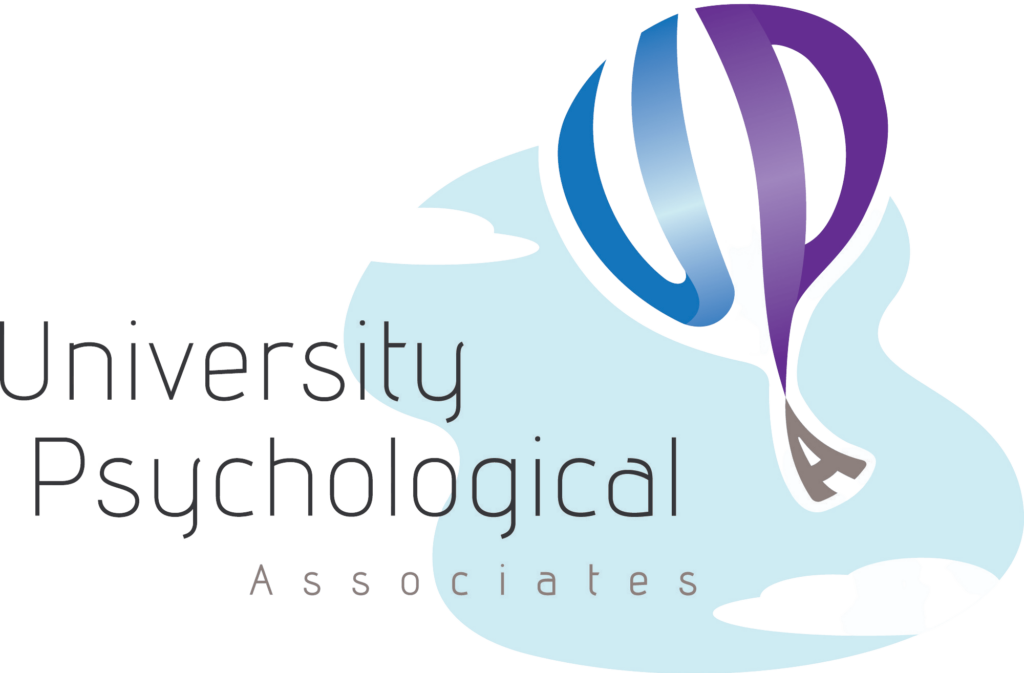For meaningful improvement from the effects of trauma, anxiety, depression, and other disorders, cognitive behavioral therapy has shown better results than psychotropic medications. Because instead of treating the symptoms, CBT focuses on the internal narratives of the mind, showing that automatic, reoccurring thoughts can cause much suffering. CBT aims to change thinking patterns and patterns of learned behavior and thus teaches better coping mechanisms for recognizing the thought and changing its outcome.
How does CBT work?
CBT is a form of psychotherapy or talk- therapy. The therapist and their patient work together and focus on the thoughts, beliefs, and attitudes of the person’s feelings and behaviors. The main source of CBT tackles is the person’s present thoughts and feelings rather than past events. Most forms of psychotherapy focus on the past to help patients understand their current feelings. CBT in practice is a broad concept, where it focuses on how their thoughts affect their present situation and challenges. CBT is about recognizing the current patterns of behavior and changing those behaviors for better outcomes.
CBT incorporates different learning tools to help patients learn unique ways of handling challenges. Some of the most common tools used include:
-
- Panic disorders
- Anxiety disorders
- Social phobias
- Substance abuse
- Insomnia
- Depression
- Post-traumatic stress disorder
- Eating disorders
CBT is based on facing psychological problems rooted in unhelpful ways of thinking, unhelpful behaviors, and ineffective coping mechanisms. Each practice will use different strategies for their patients, but the main goal of CBT is for the therapist and patient to work together towards their goals, and develop treatment strategies that will produce more positive results.
How We Can Help with CBT
Cognitive-behavioral therapy can help by teaching patients to be their own therapists. Our practice aims to give our patients the tools they need to develop healthy coping skills, change their thinking patterns, and recognize their emotions and behavior for a better outlook. With CBT, it’s about moving forward, and through our therapists, we can help our patients face their fears and find a greater sense of confidence.
Frequently Asked Questions
Cognitive-behavioral therapy can’t treat every problem in the office. It requires a commitment to the coping mechanisms and recognition of thought patterns to provide longer-lasting results for the patient. For patients seeking to understand the underlying causes of their stress, CBT does not treat those forms of distress, nor is it a substitute for pharmacotherapy.
Yes, it can be combined with medication based on the person’s medical history and current recovery. The medication can be used to stabilize patients to help understand their current thoughts and behaviors in CBT.
Yes, and in fact can help children who have ADHD and autism. Parents can cooperate with the child’s therapist and form more interactive activities for them to help them learn about their thoughts and behavior.
-
- Consistent feedback
- Calming techniques, such as meditation and breathing exercises
- Journal entries
- Homework assignments
- Gradual exposure to fears
- One-on-one discussions
- Role-play activities
- CBT can treat a variety of mental conditions and help reduce their symptoms over time, such as:
-
- Panic disorders
- Anxiety disorders
- Social phobias
- Substance abuse
- Insomnia
- Depression
- Post-traumatic stress disorder
- Eating disorders
CBT is based on facing psychological problems rooted in unhelpful ways of thinking, unhelpful behaviors, and ineffective coping mechanisms. Each practice will use different strategies for their patients, but the main goal of CBT is for the therapist and patient to work together towards their goals, and develop treatment strategies that will produce more positive results.
How We Can Help with CBT
Cognitive-behavioral therapy can help by teaching patients to be their own therapists. Our practice aims to give our patients the tools they need to develop healthy coping skills, change their thinking patterns, and recognize their emotions and behavior for a better outlook. With CBT, it’s about moving forward, and through our therapists, we can help our patients face their fears and find a greater sense of confidence.

